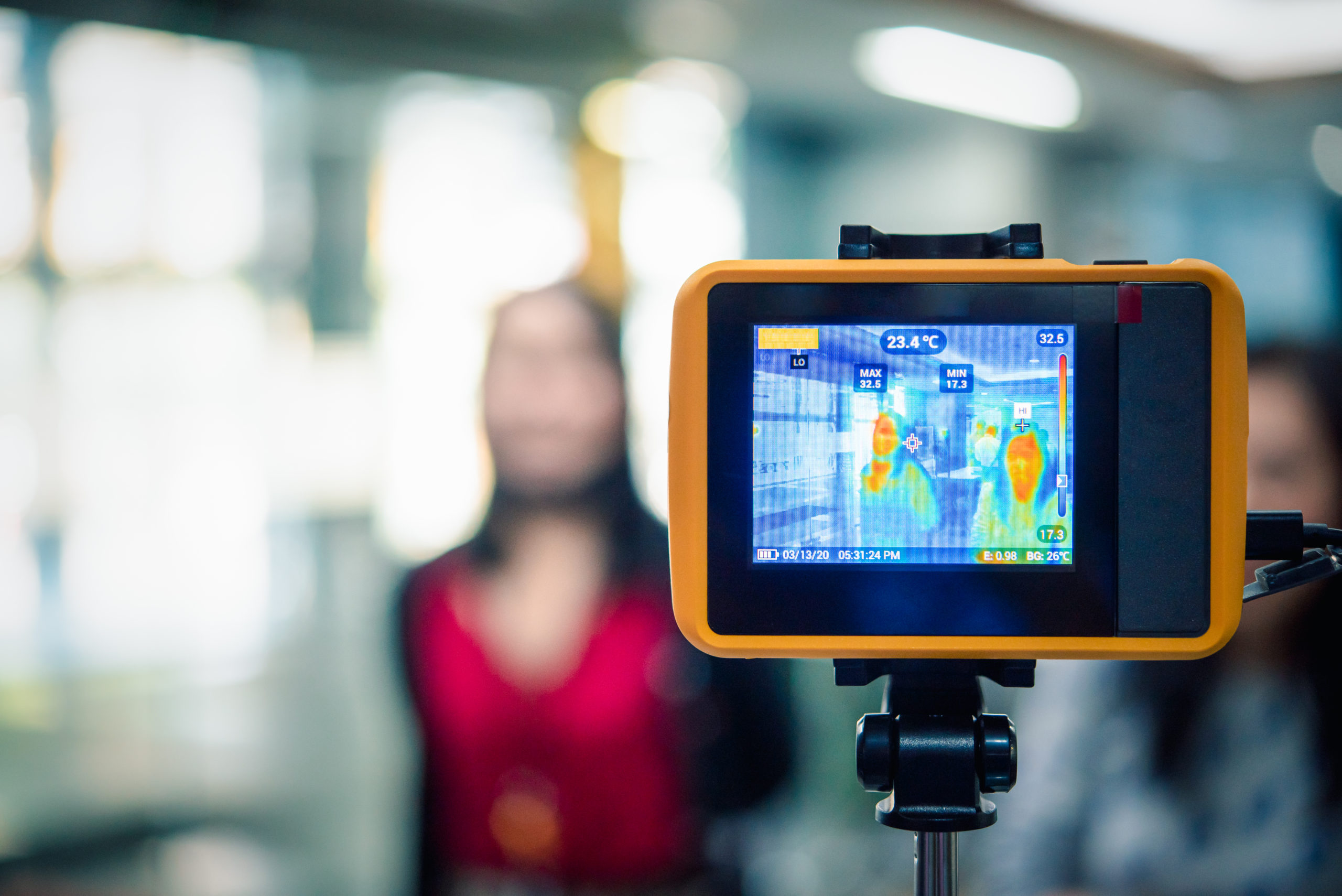As businesses look to reopen in the near future—and F2F events are soon to follow—what are the emerging best practices for keeping guests and employees safe?
One is the thermal detection camera, intended to screen for body temperature above 100.4 degrees, the level considered a fever by the CDC. These devices may become widely used. But you should know that, like most new implements, they come with…issues.
Regulation and Privacy
The first and most obvious are privacy and restrictions on data collection. In the current environment, some federal regulations are more flexible than usual, but this could change as the curve is flattened. Workers’ rights advocates are also voicing concern about this harvesting of medical data.
The Equal Employment Opportunities Commission (EEOC) has weighed in on the privacy matter. It says employers can take employees’ body temperature to detect any who might be infected with the COVID-19 virus. But EEOC also notes that ADA confidentiality requirements do apply to the collection of this information, whether the employee has a disability or not.
In other words, you may need to obtain consent and provide disclosures about the usage and storing of that information; other legal requirements may apply, depending on where you’re located.
Health agencies (and the cameras manufacturers themselves) advise those who might wish to deploy the cameras to treat the technology as part of a developing system and not an end-all solution. International Organization for Standardization (ISO) has also released guidance for thermal cameras as a means to slow the spread of infectious diseases like COVID-19.
Other Challenges
And then there’s the matter of accuracy. Some thermal cameras are accurate to within 1° F, while other models have a margin of error as large as 3° F. Therefore, manufacturers recommend the camera only as an initial screening, to be followed up with secondary measurements.
Though fever is a symptom of COVID-19, a recent study in Iceland showed that up to half of those infected with the virus were asymptomatic. In other words, they could spread the virus even though they felt fine. Some of those infected may also have the virus for days before fever symptoms surface.
These are all factors to keep in mind when developing steps for health-screening initiatives.
FDA Approval Suspended
Normally, manufacturers of systems “intended for adjunctive diagnostic screening” are required to undergo FDA review before going to market, but the federal agency says it will not object to the sale of unapproved devices during the present pandemic. Should you want to choose one that has been okayed, some manufacturers received an FDA green light before the current health crisis (such as FLIR cameras).
FDA guidelines do recommend devices that measure a single subject’s temperature at a time. This would clear forehead-scanning temperature detectors but not multi-personnel-scanning cameras.
Prepping for the Inevitable
Thermal detection is likely to become a mainstay in the re-emerging world, including the hospitality and meetings sectors. Popular daily newsletter Morning Brew reported that Amazon recently bought 1,500 thermal cameras to screen its employees, adding that “thermal cameras are about to be ubiquitous.” Wynn Resorts in Las Vegas was said to be ready to implement the tech even before the stay-at-home orders rolled out, and it’s likely other hotels will follow suit as sheltering orders expire.
Yet this final cautionary note came from Dr. Michael D. Parkinson, past president of American College of Preventive Medicine, in a press conference this week: “It would be wonderful if we could reliably diagnose the disease based on symptoms [such as an elevated temperature], but screening science is muddy at best. Instead, we suggest self-screening for wellness.”




